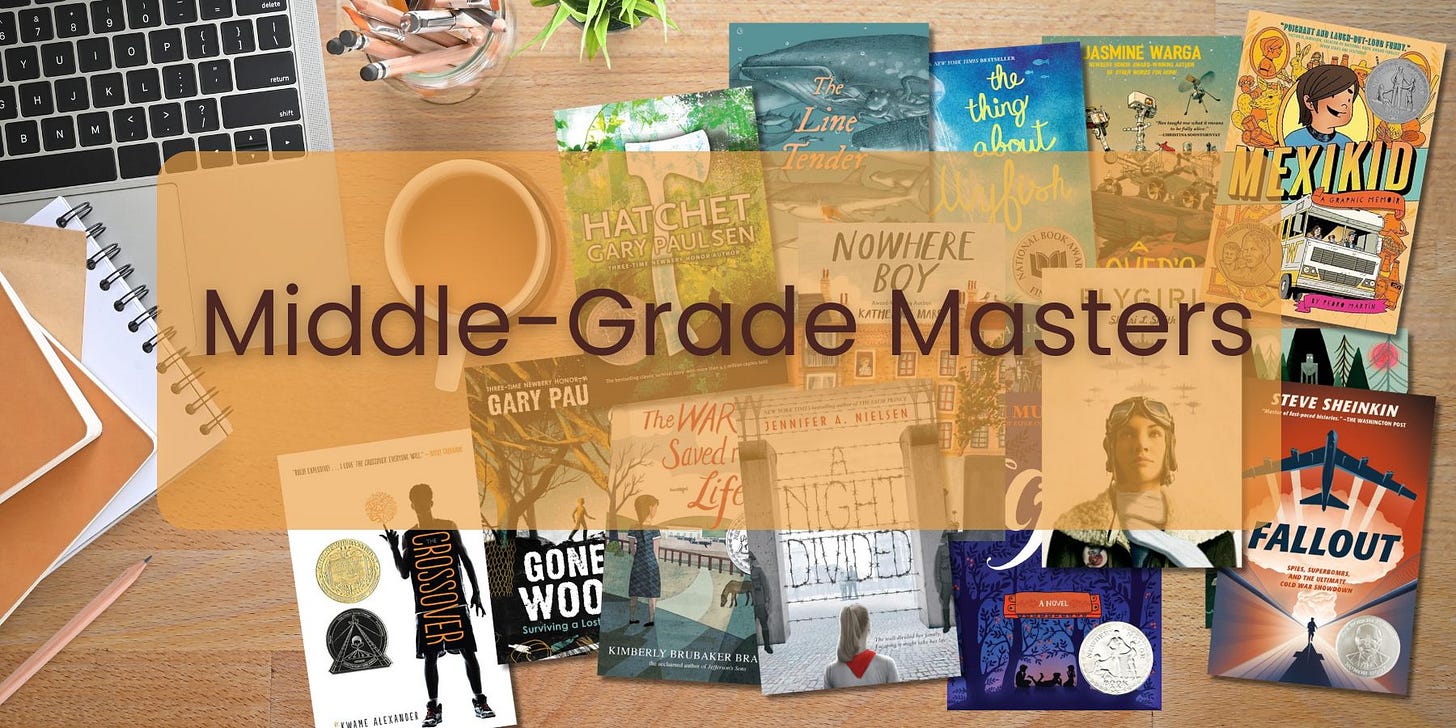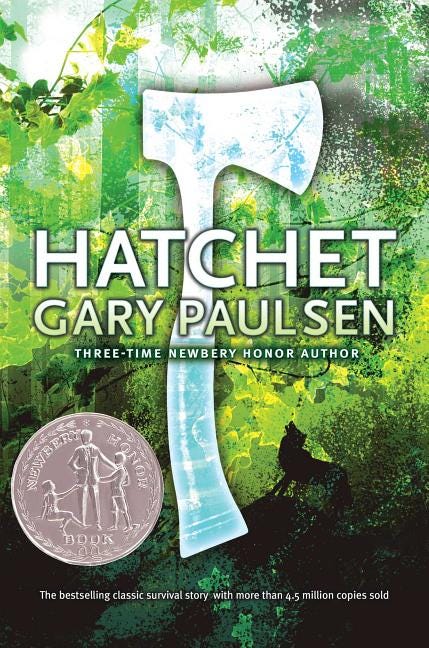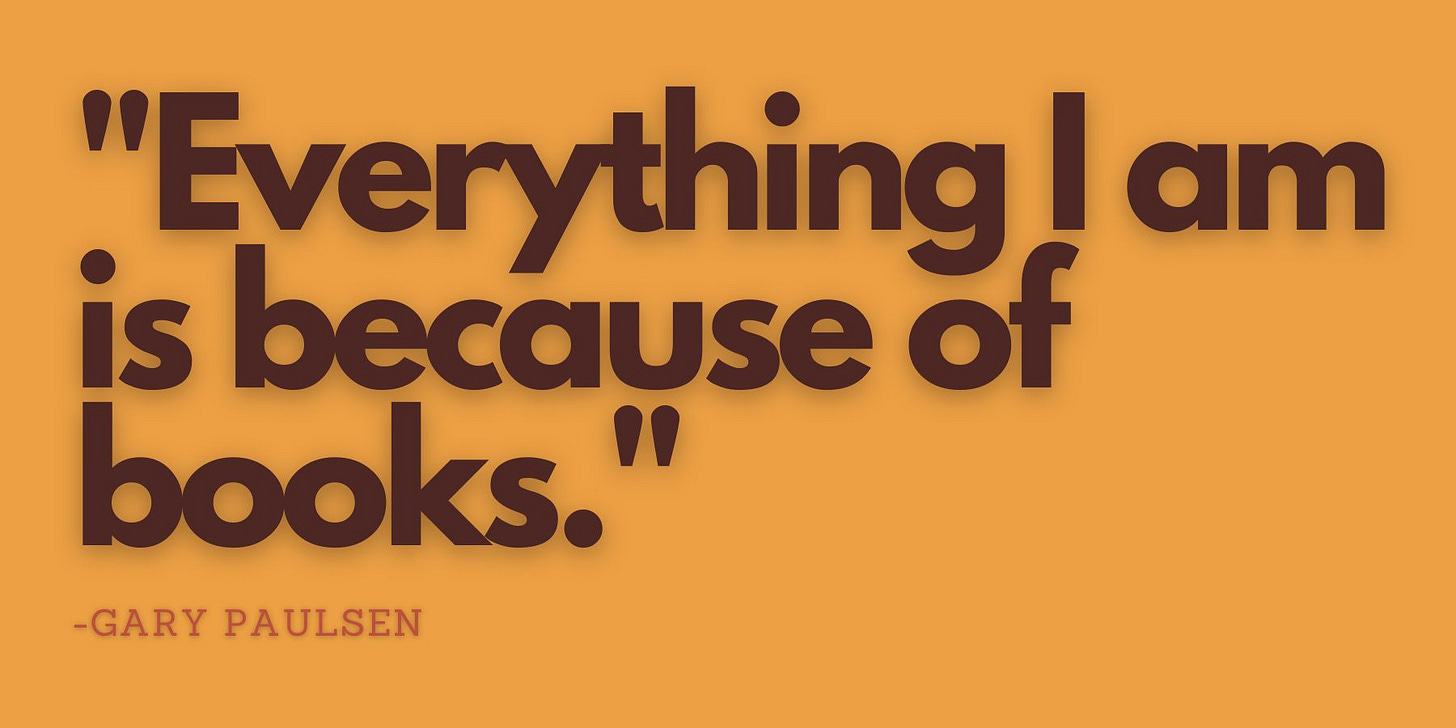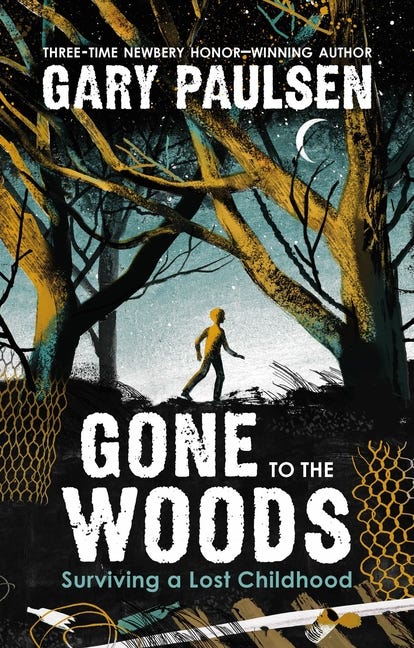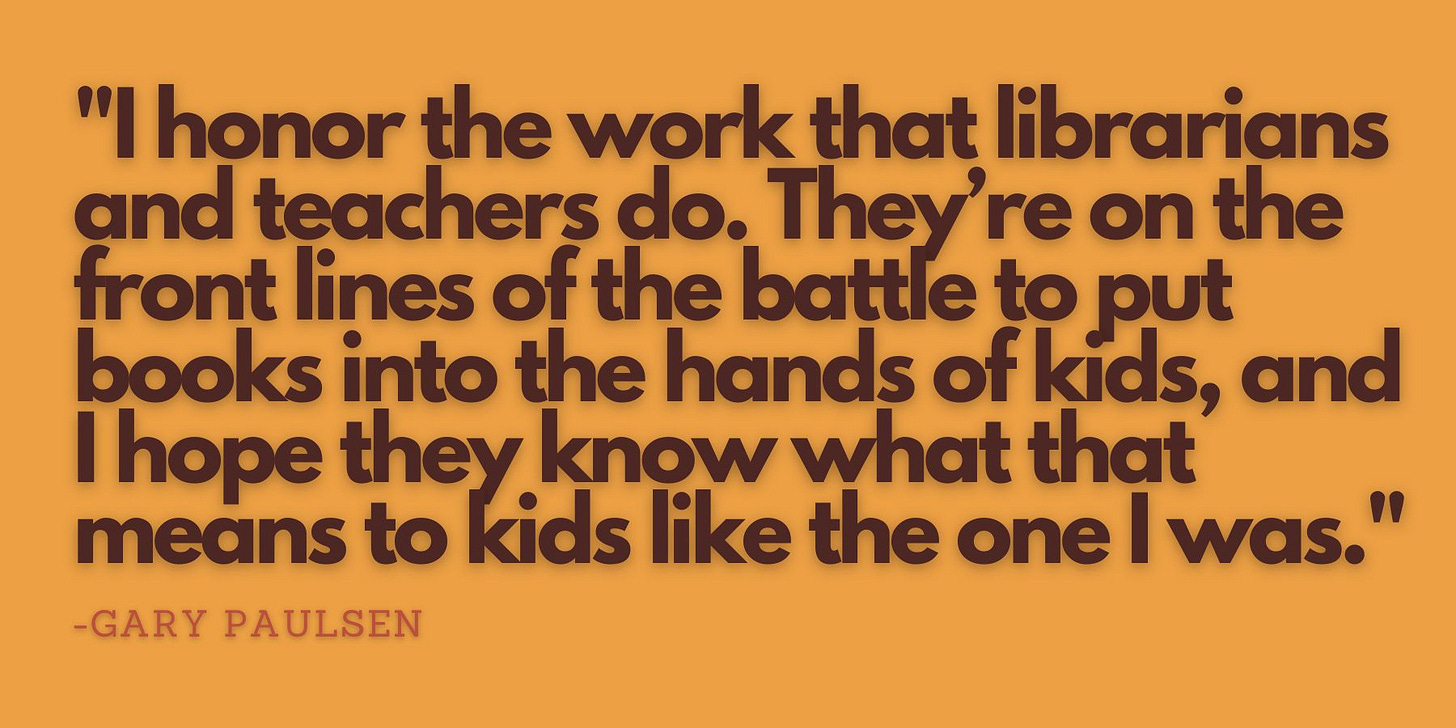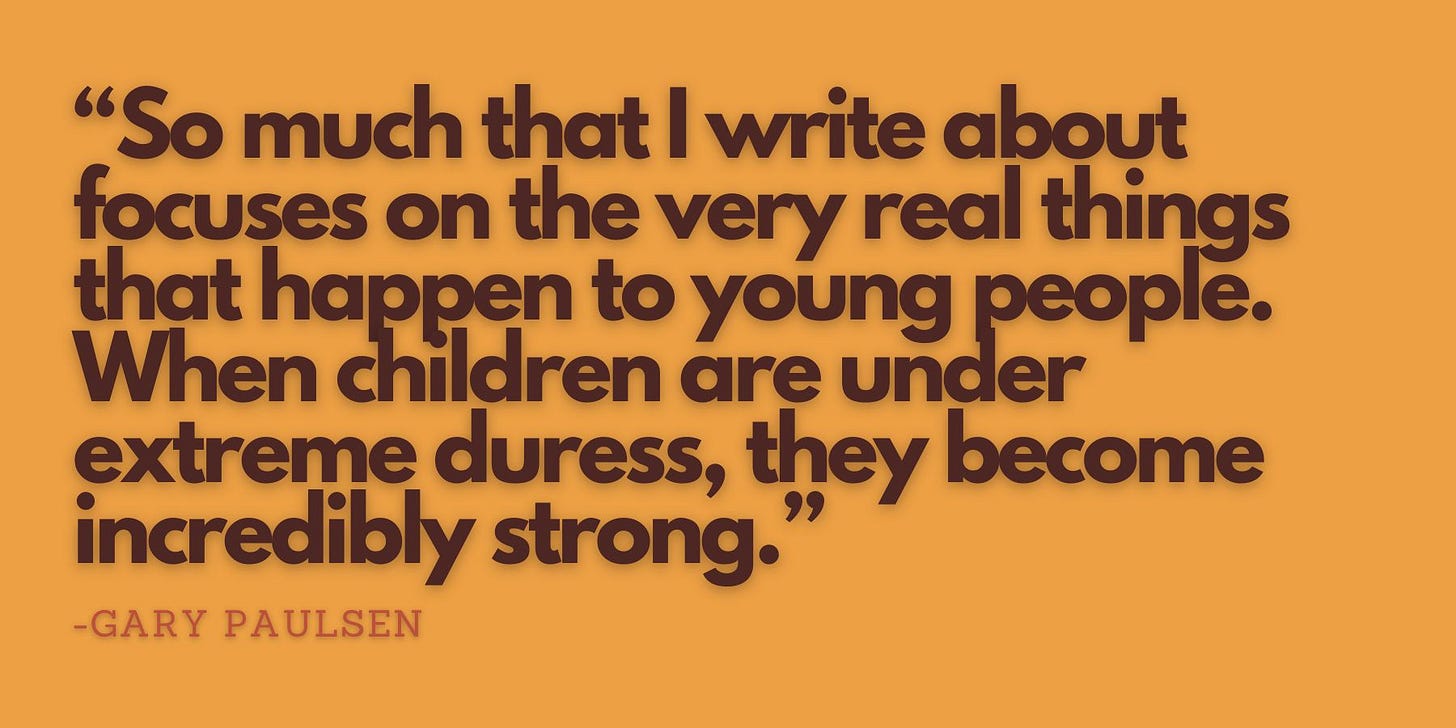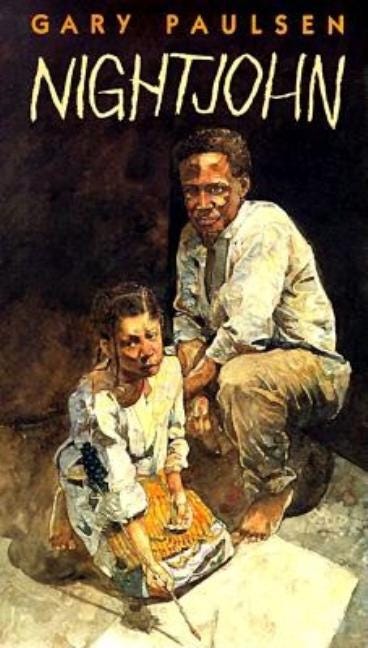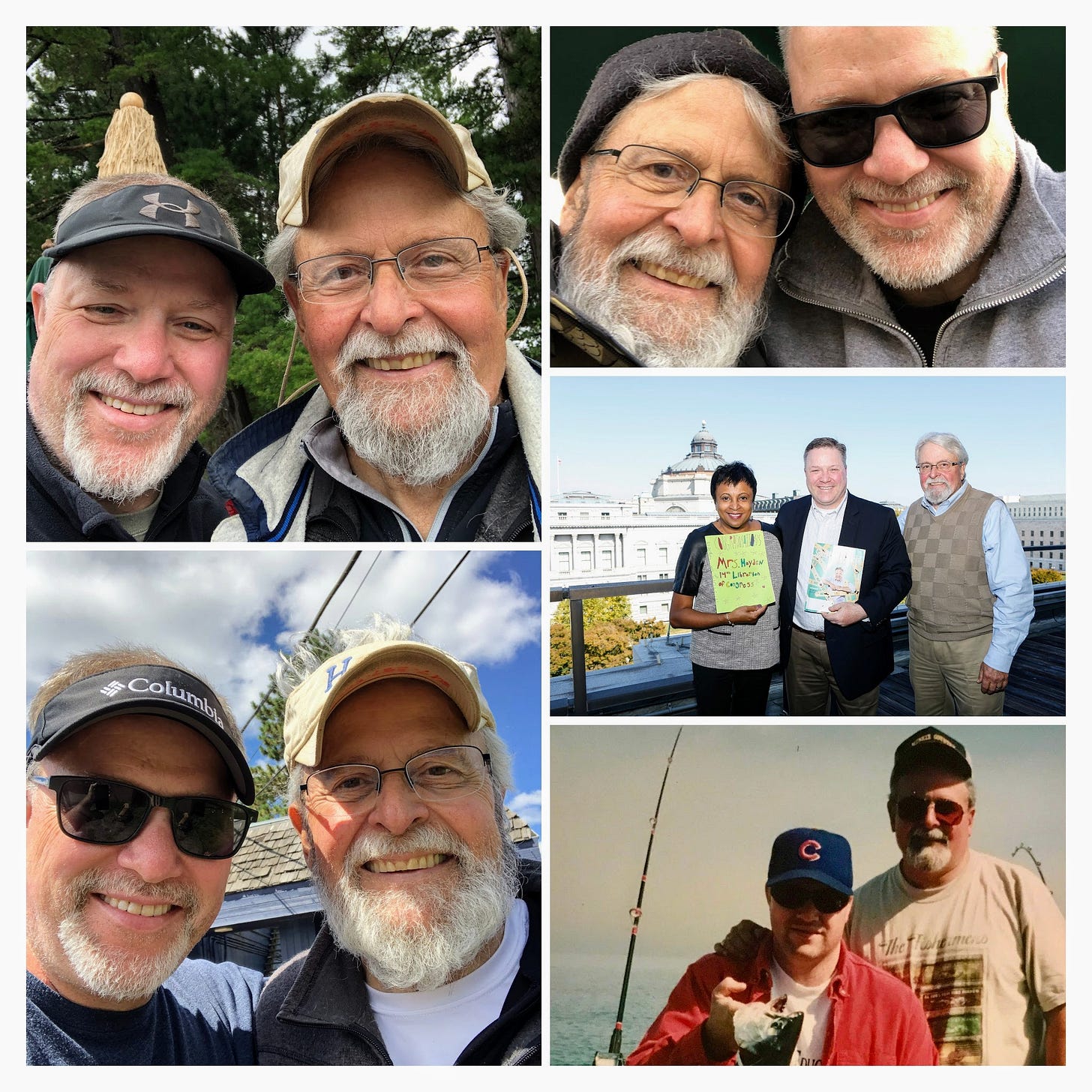Hatchet and Beyond: Exploring the Enduring Power of Gary Paulsen
Welcome to "Middle-Grade Masters," a series spotlighting authors who've shaped young readers and writers like me.
My first feature focuses on Gary Paulsen, author of Hatchet, a book that indelibly marked my reading journey and continues to resonate with students today.
Hatchet, released in 1987, remains an enduring classic. Thirty-five million copies sold, and still, its voice carries. It was the book I could not put down. I remember the first time I met Brian Robeson. His parents were divorced, just like mine. He sat in a two-seater plane, heading north, heading toward his father, and then everything changed. A crash, a fight for survival. And I was there, in the wilderness with him.
I’ve handed Hatchet to hundreds of young readers. Most devour it and beg for more—Paulsen’s sequels and other survival stories. They want the grit, the adventure. Paulsen, a three-time Newbery honoree, knew how to write the human spirit into the wild. He understood survival. His books are about more than surviving—they are about enduring, about discovering who you are when the world demands everything of you.
A Life Shaped by Struggle and Wilderness
Paulsen’s childhood was a storm—parents who didn’t care, the constant weight of neglect. In his memoir Gone to the Woods: Surviving a Lost Childhood, he wrote about those early years in the third person. He said it let him tell the truth without making it easier than it was. "I hope the little bugger will be okay," he admitted, as if he weren’t sure himself, even after all those years.
A librarian saved him. She handed him a library card and opened the door to stories and words. I know that sanctuary. As a boy, I biked a mile on a busy road to the town library, the musty basement shelves offering me escape and knowledge.
The wilderness that Paulsen loved—he called it his bedroom, his living room—became my refuge, too. Nights alone in the woods, the stars overhead, every sound sharp and alive, remind you how small you are and how much the world is not.
Paulsen once said that running the Iditarod, that brutal race across Alaska, felt safer than his childhood. You can feel that raw understanding of survival in every word he wrote.
Writing What You Know
Paulsen wrote from experience. He didn’t invent struggles; he lived them. He worked in carnivals, served in the military, and ran the Iditarod. He wrote about children in concentration camps, about juvenile halls, about the agony of divorce. He didn’t flinch, and because of that, neither could we.
His process was as honest as his stories. "Writing is like falling in love," he said. He read every day. He wrote every day. He had a shack in the mountains where he worked—his version of Thoreau’s cabin, a place where nature whispered, and stories grew.

For years, I’ve sought the same kind of understanding. I’ve followed the paths of the Wright Brothers, combing through their lives, flying in their planes, standing in the places they stood. It’s the doing, the knowing, that makes the writing true. Paulsen understood this better than most. A Legacy That Lives On

His books cover the vast range of human experience—from Hatchet to Nightjohn, from wilderness survival to historical trauma. His meticulous research shaped stories like Soldier’s Heart, which captures the psychological wounds of war. I am a veteran, though untouched by combat’s horrors. Still, I feel Paulsen’s words, the ache of them, the truth.
Paulsen's books traverse a wide landscape of genres and themes, from the gripping wilderness survival of Hatchet and its sequels (Brian's Winter, Brian's Return, Brian's Hunt) to the powerful historical fiction of Nightjohn, Soldier's Heart, Woods Runner, and The Haymeadow. To assist in exploring his works, I’ve included a detailed spreadsheet that categorizes each of Paulsen’s books. Sourced from TeachingBooks, this invaluable tool is a must-have for any educator, librarian, parent, or author seeking to inspire young readers.
Paulsen reminds me of my friend Jim Tingey. Jim, like Paulsen, lived for the outdoors. He was an artist, a reader, a companion on adventures. He stood beside me on one of my research trips, watching footage of Orville Wright’s final flight. Both Jim and Gary Paulsen are gone now. But their lives remain, in memories and books, their stories like guideposts.
What’s Next?
I have more authors to share, friends. More stories to tell. They are waiting on our shelves, ready to inspire. Paulsen’s legacy is just the beginning.

